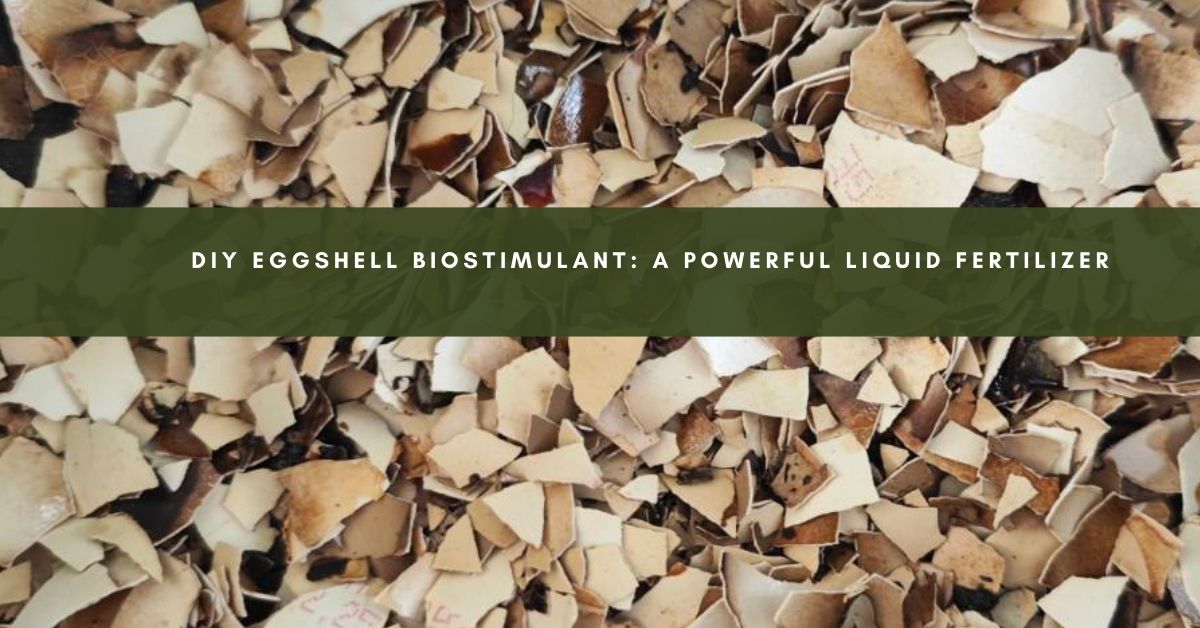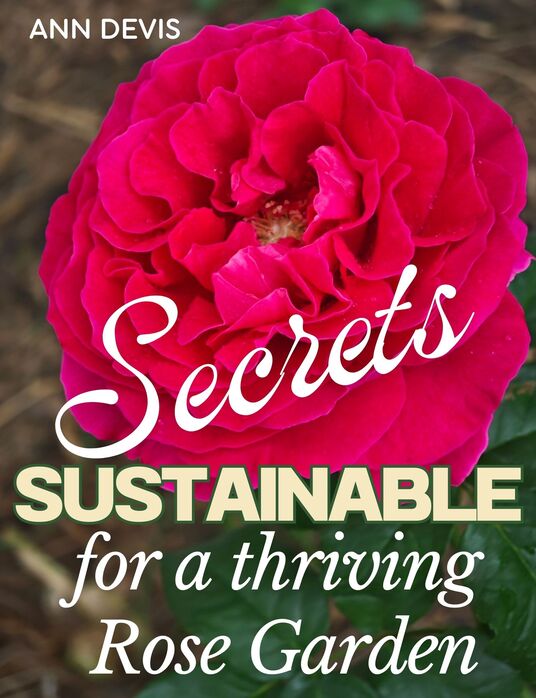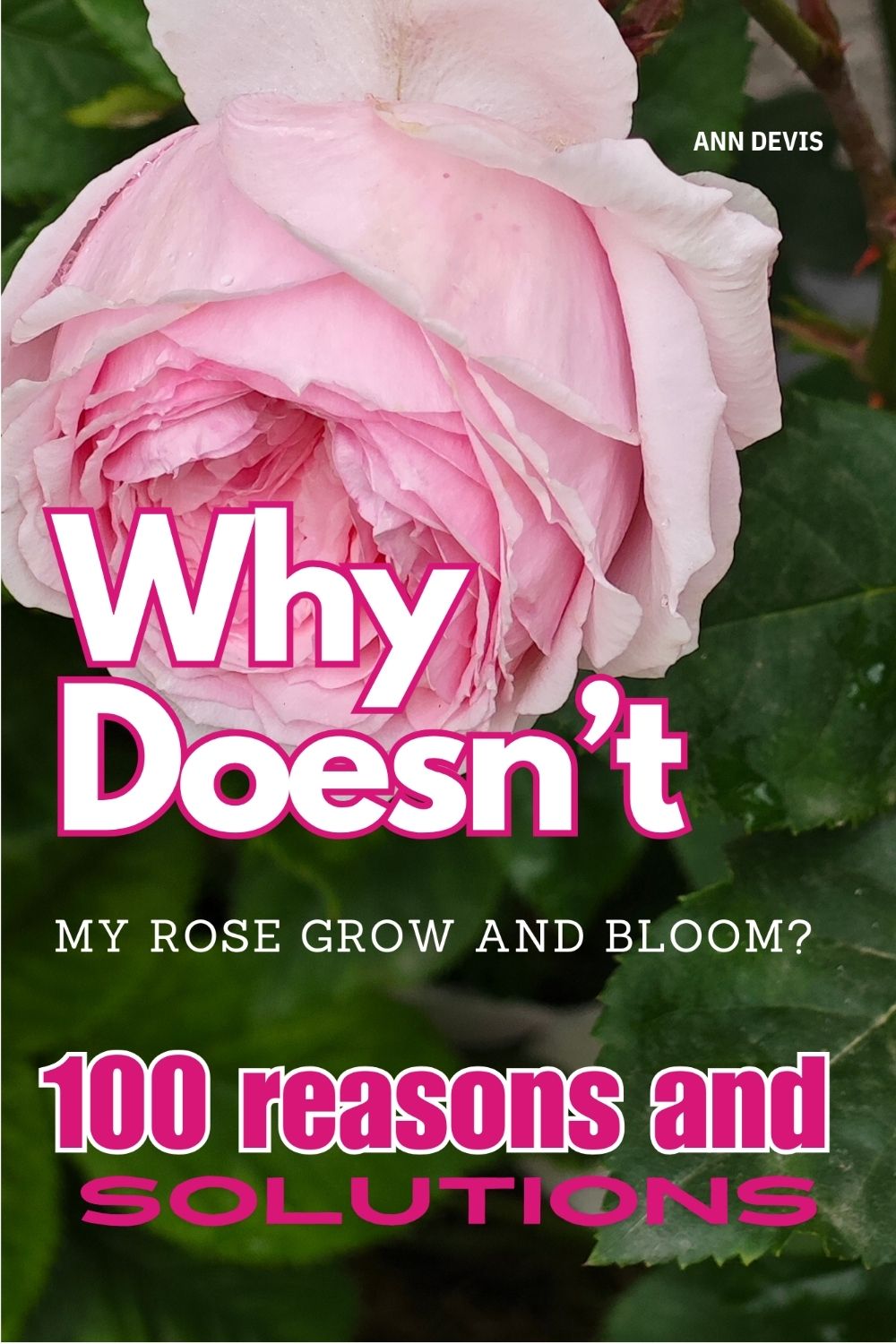Eggshells are often considered kitchen waste, but in gardening, they are a goldmine of nutrients and a powerful biostimulant for plant growth. From improving soil health to acting as a calcium-rich foliar spray, eggshells can transform your garden in ways you might not have imagined.
This article will explore how eggshells benefit plants, how to make a DIY biostimulant, and how to incorporate them into your gardening routine.
Why Eggshells Are Valuable in Gardening
Eggshells are primarily composed of calcium carbonate (CaCO₃), the same compound found in limestone, chalk, and coral. They also contain trace amounts of magnesium, phosphorus, and potassium, essential for plant growth.
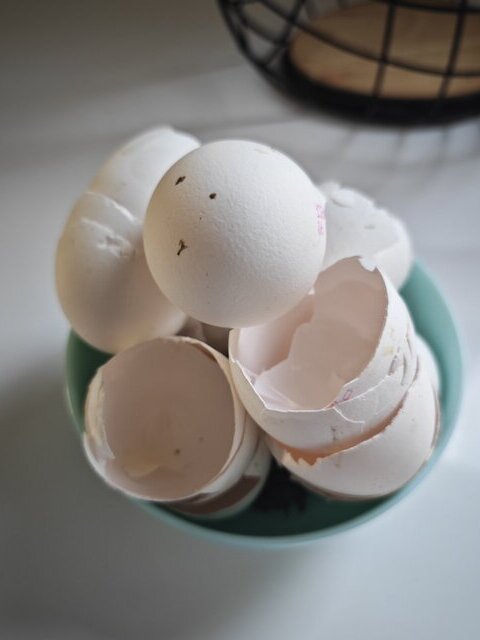
Benefits of Eggshells for Plants
– Provides Essential Calcium – Strengthens plant cell walls, preventing disorders like blossom end rot in tomatoes and peppers.
– Improves Soil Structure – Enhances aeration and reduces soil compaction.
– Balances Soil pH – Helps neutralize acidic soils, creating a healthier growing environment.
– Encourages Beneficial Microbes – Supports the growth of microorganisms that aid nutrient uptake.
– Deters Pests – Crushed eggshells can be a physical barrier against slugs and snails.
Garden tips
While simply crushing and adding eggshells to the soil provides slow-release calcium, there is a way to extract water-soluble calcium that plants can absorb immediately—by creating an eggshell biostimulant.
DIY Eggshell Biostimulant: A Powerful Liquid Fertilizer
This biostimulant is a fast-absorbing, foliar calcium supplement that enhances plant growth, strengthens new leaves, and prevents calcium deficiencies. The secret lies in the reaction between eggshells and apple cider vinegar (ACV), which converts calcium carbonate into calcium acetate, a more bioavailable form.
The Science Behind the Biostimulant
When eggshells react with the acetic acid (CH₃COOH) in apple cider vinegar, calcium carbonate breaks down into:
– Calcium acetate – A highly soluble form of calcium that plants absorb quickly.
– Carbon dioxide (CO₂) – Released as bubbles, indicating the reaction.
– Organic acids & minerals – Found in ACV, which improve nutrient uptake and plant metabolism.
How to Make Eggshell Biostimulant at Home
Ingredients & Materials:
- 10–15 eggshells
- Apple cider vinegar (preferably homemade, fermented with honey)
- A glass jar with a loose lid
- A grinder or mortar & pestle
Step-by-Step Process:
1. Fry the Eggshells
- Heat them in a pan until they darken slightly. This makes them brittle and more straightforward to grind while breaking down proteins.
2. Grind into a Fine Powder
- Use a mortar, pestle, or coffee grinder to turn the eggshells into fine powder.
3. React with Apple Cider Vinegar
- Place the powder in a glass jar and slowly pour apple cider vinegar.
- The mixture will fizz as calcium carbonate reacts with the vinegar.
4. Repeat Until Fizzing Stops
- Pour the vinegar, let it react, then drain and repeat with fresh vinegar until no more fizzing occurs.
- This ensures all calcium is extracted.
5. Ferment for Better Results
- Let the liquid sit for at least one month to enhance microbial activity.
- If homemade fermented ACV is used with honey, the solution will contain enzymes and bacterial metabolites that boost plant health.
6. Strain & Store
- Once the reaction is complete, strain the liquid and store it in a glass bottle away from direct sunlight.
Process
How to Make Eggshell Biostimulant
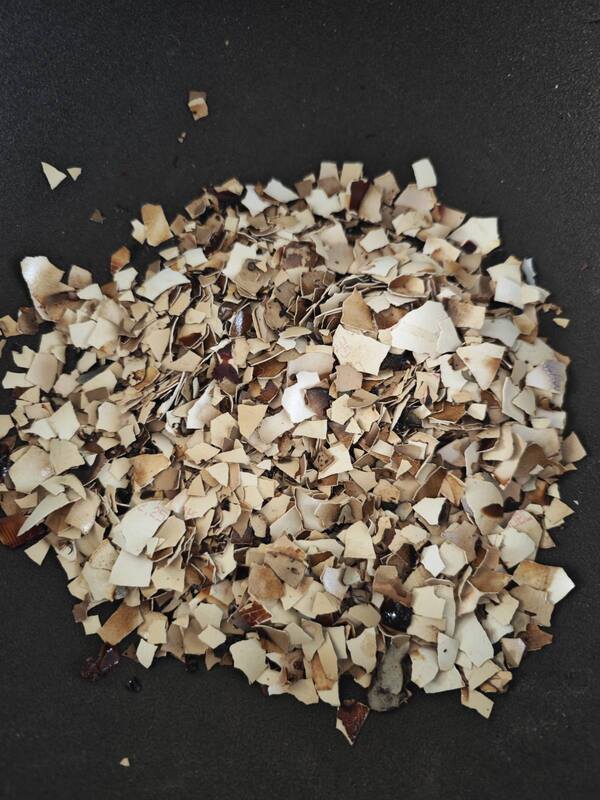
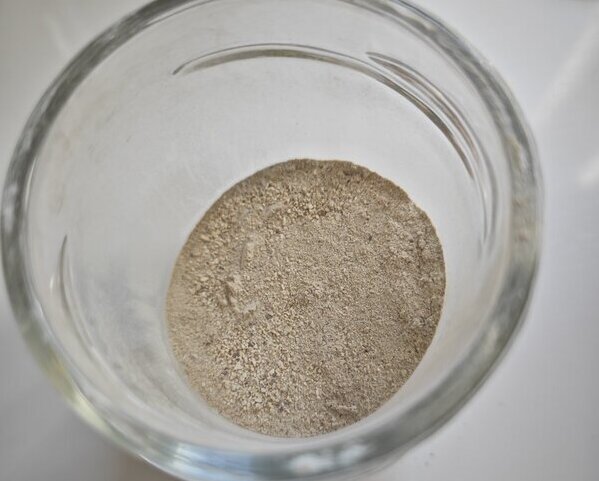
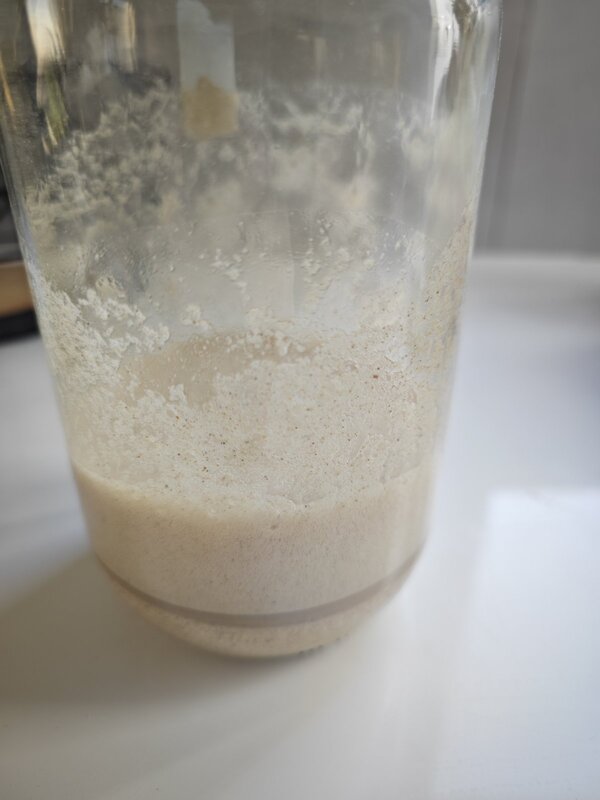
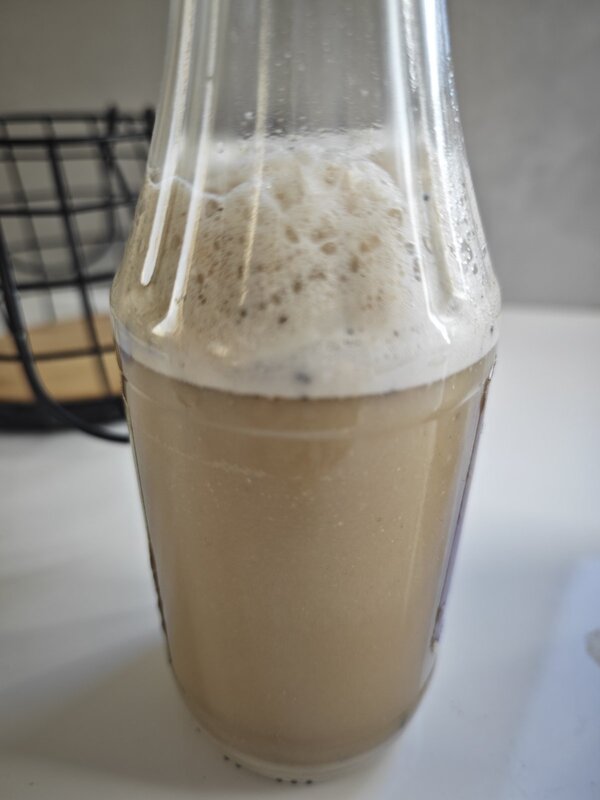
How to Use Eggshell Biostimulant in the Garden
Dilution:
- 1:100 ratio (1 part biostimulant to 100 parts water).
- Use rainwater or dechlorinated water for better microbial activity.
Application:
- Foliar spray only – Spray directly on leaves, stems, and flowers.
- Start from the flowering phase and repeat every 7–10 days.
- Helps with fruit set, flower retention, and new leaf development.
Avoid using Lactobacillus Serum (LAB) – LAB competes with calcium uptake, making this treatment unnecessary.
Garden tips
❌ Do not use soil watering. Overuse can cause calcium buildup, leading to soil salinization and nutrient lockout.
Other Ways to Use Eggshells in Gardening
If you don’t want to make a liquid biostimulant, here are some alternative ways to use eggshells:
1. Crushed Eggshells as Slow-Release Fertilizer
- Crush dried eggshells and mix them into garden soil.
- Over time, they break down naturally, releasing calcium slowly.
- Works well for long-term soil conditioning.
2. Eggshell Powder for Faster Absorption
- Blend into a fine powder and sprinkle around plants.
- More effective than large shells but still slow-release.
3. Eggshell Tea for Quick Nutrients
- Boil crushed eggshells in water for 10–15 minutes.
- Let it sit overnight, then use the calcium-infused water for watering plants.
4. Eggshells as Pest Deterrents
- Scatter crushed eggshells around plants to deter snails and slugs.
- The sharp edges irritate soft-bodied pests, keeping them away.
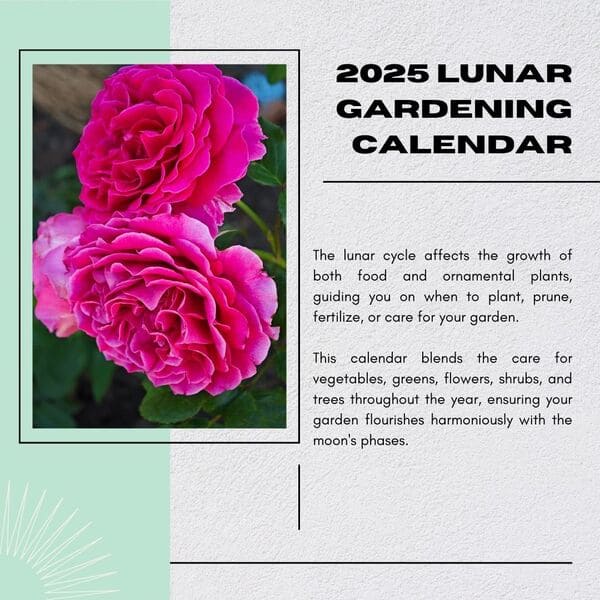
Get Your Free Lunar Gardener's Calendar 2025!
Join the Lunar Gardening Revolution! Subscribe now to receive our exclusive Free Lunar Gardener’s Calendar for 2025. Harness the power of the moon to optimize your planting, nurturing, and harvesting.
Eggshells Are a Gardener’s Best Friend!
Using eggshells in gardening is an eco-friendly, cost-effective way to nourish plants and improve soil health. Whether you make a fermented eggshell biostimulant or add crushed shells to your soil, your plants will thrive with better calcium availability, stronger cell walls, and healthier growth.
So, before tossing out your eggshells, remember—they are one of the best natural fertilizers and plant boosters you can use in your garden!
Want more gardening tips? Subscribe to our newsletter for monthly advice straight to your inbox!

